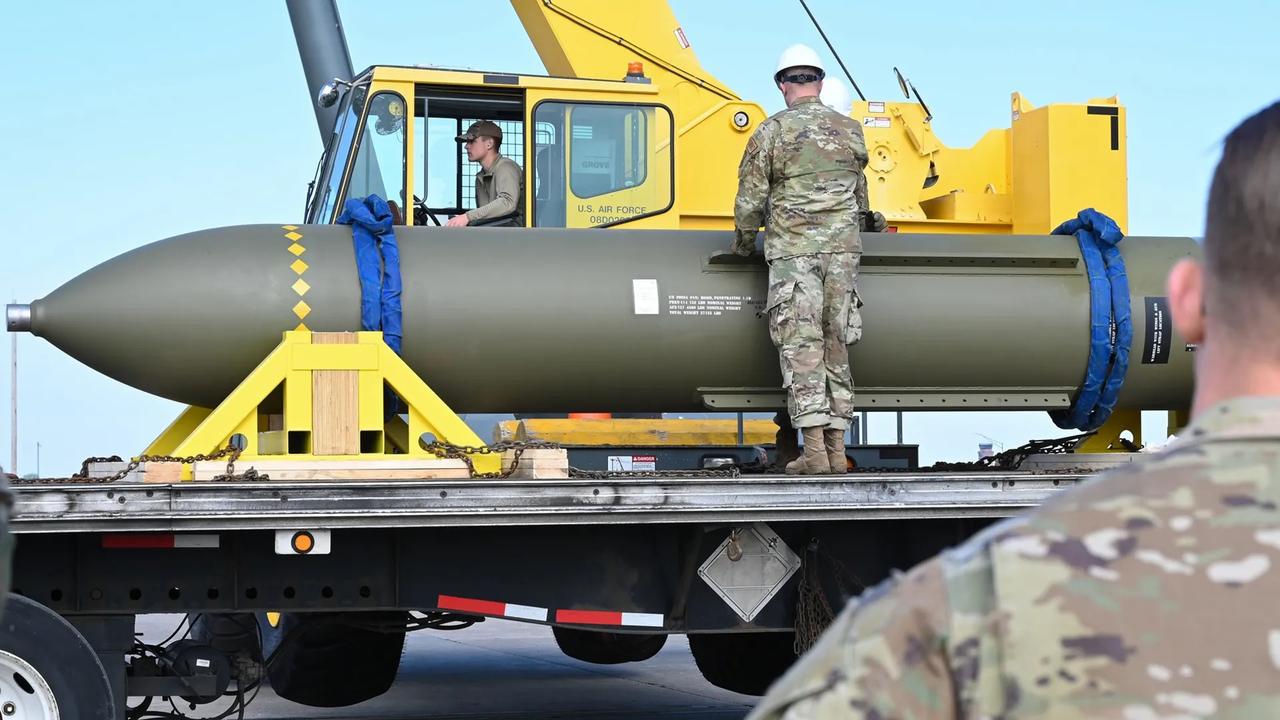
The U.S. GBU-57 A/B "Massive Ordnance Penetrator" has emerged as a critical weapon system in discussions about targeting Iran's deeply buried nuclear facilities, as Israel's recent attacks highlight the limitations of conventional weapons against underground sites.
If the United States decides to provide "direct" support to Israel in its campaign against Iran's nuclear program—from the Middle East analysts' position, it's high likely going to happen—Washington could supply the 30,000-pound bunker buster bombs specifically designed to destroy subterranean targets like the heavily fortified Fordow Nuclear Facility.
Due to its technical needs, the Massive Ordnance Penetrator bombs would need to be dropped from U.S. aircraft, specifically from the U.S. Air Force's B-2 Spirit stealth bomber aircraft, which could have various strategic consequences, including potentially jeopardizing nuclear negotiations that U.S. President Donald Trump has demanded.
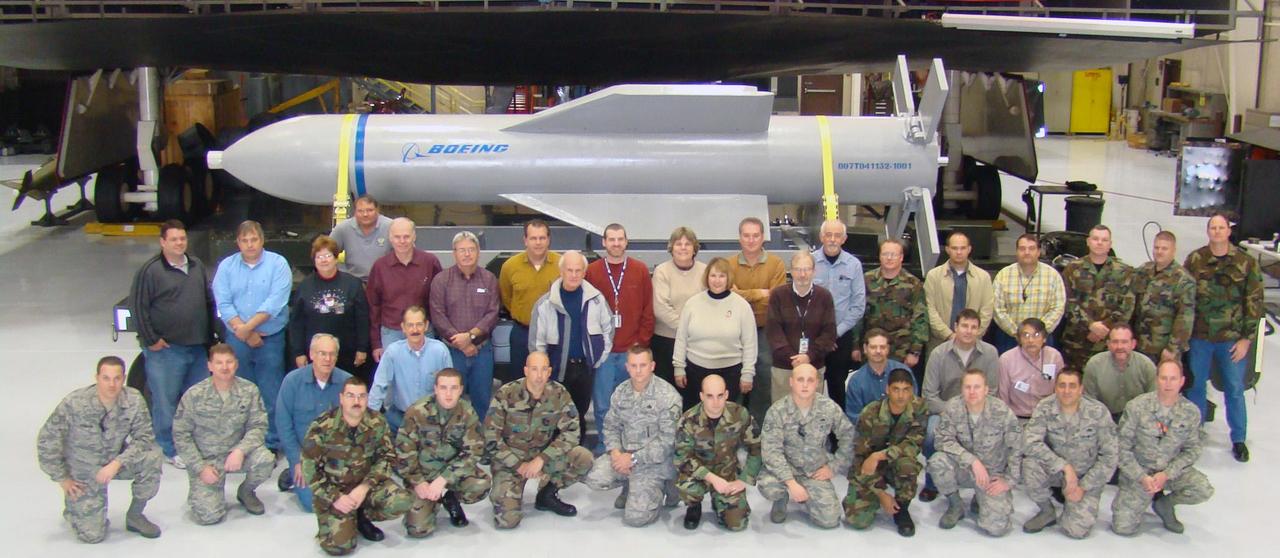
Israeli officials had stated they have different options for attacking the Fordow Nuclear Facility, built deep in a mountain in Qom province, noting they want to destroy Iran's nuclear capacity.
However, except for ground commando attacks or nuclear attacks, bunker buster bombs are seen as the most likely option.

According to U.S. Air Force data, the GBU-57 A/B "Massive Ordnance Penetrator" weighs approximately 30,000 pounds (13,600 kilograms) and is described as the heaviest conventional weapon in the U.S. arsenal.
The precision-guided bomb is designed to penetrate underground facilities. Its weight and construction allow it to penetrate underground before exploding.
Defense officials have stated that the Massive Ordnance Penetrator can penetrate up to 200 feet underground.
The International Atomic Energy Agency's (IAEA) confirmation that Iran enriches uranium at the Fordow facility brought to mind the possibility that these bombs with conventional warheads could also be used to release nuclear material in the region.
The IAEA had noted that Israel's attacks on Iran's Natanz Nuclear Facility caused radiation leaks only at the facility, not in the region.
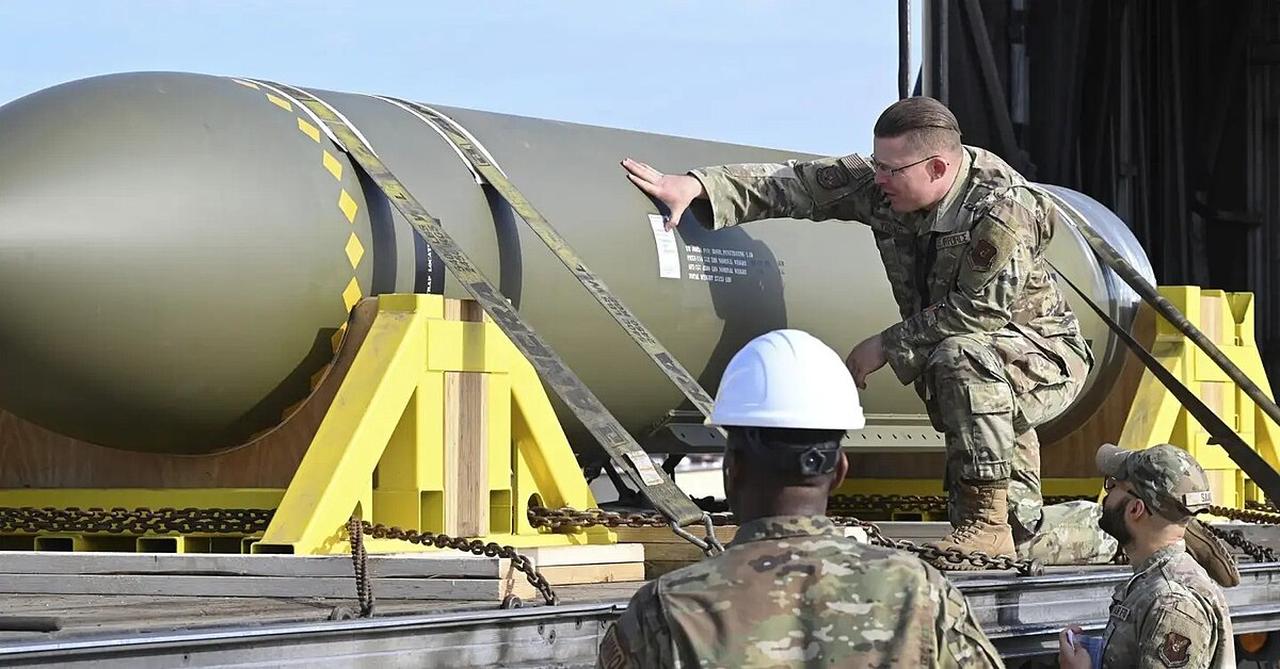
After Natanz, one of Iran's main nuclear facilities, Fordow stands out as the second facility. Both of these nuclear centers were targeted by Israeli missile attacks.
Located approximately 95 kilometers from the capital Tehran, Fordow was built inside a mountain and is estimated to have become operational in 2009.
The Fordow Nuclear Facility, located at a depth of approximately 80 kilometers, is known to be smaller than Natanz and is thought to be protected by surface-to-air missile systems provided by Iran and Russia.
Israeli officials had stated that Fordow was included in their attack plans to "end Iran's nuclear program."
Israel's Ambassador to Washington Yechiel Leiter said in a statement to Fox News, "The completion of this operation should result in the elimination of Fordow."
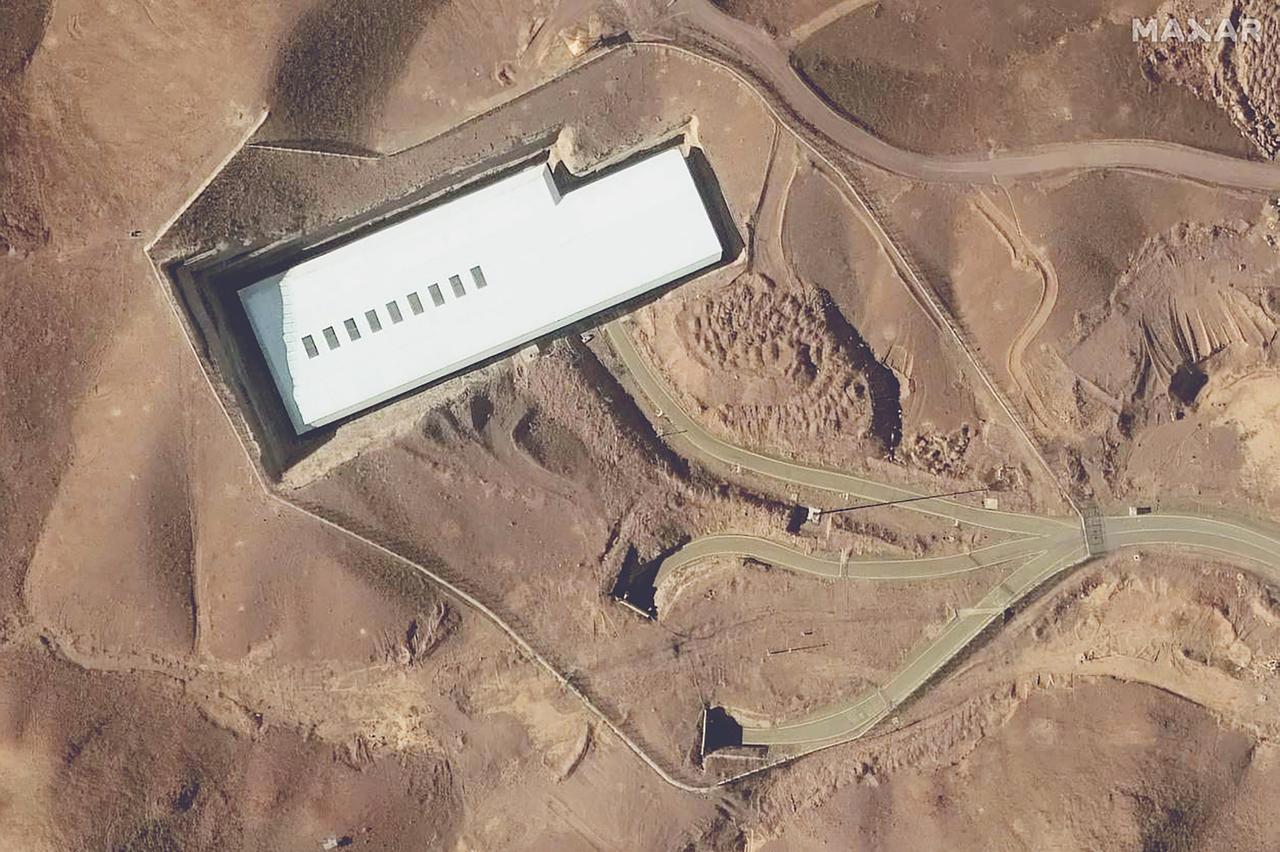
Although the GBU-57 A/B could theoretically be carried by any bomber aircraft capable of handling its massive weight, the U.S. Air Force has programmed only the "B-2 Spirit" long-range stealth bomber to deploy the Massive Ordnance Penetrator.
The B-2 Spirit, manufactured by U.S. company Northrop Grumman and operated exclusively by the Air Force, represents the sole platform capable of delivering this critical deep-strike capability.
According to Air Force data, while the B-2 Spirit can carry loads up to 18,000 kilograms, these aircraft have been successfully tested with two GBU-57 A/B bombs, totaling approximately 27,200 kilograms in weight.
The bomber has a range of approximately 11,000 kilometers without refueling and 18,500 kilometers with one refueling, enabling it to reach any point in the world within hours while maintaining stealth capabilities.
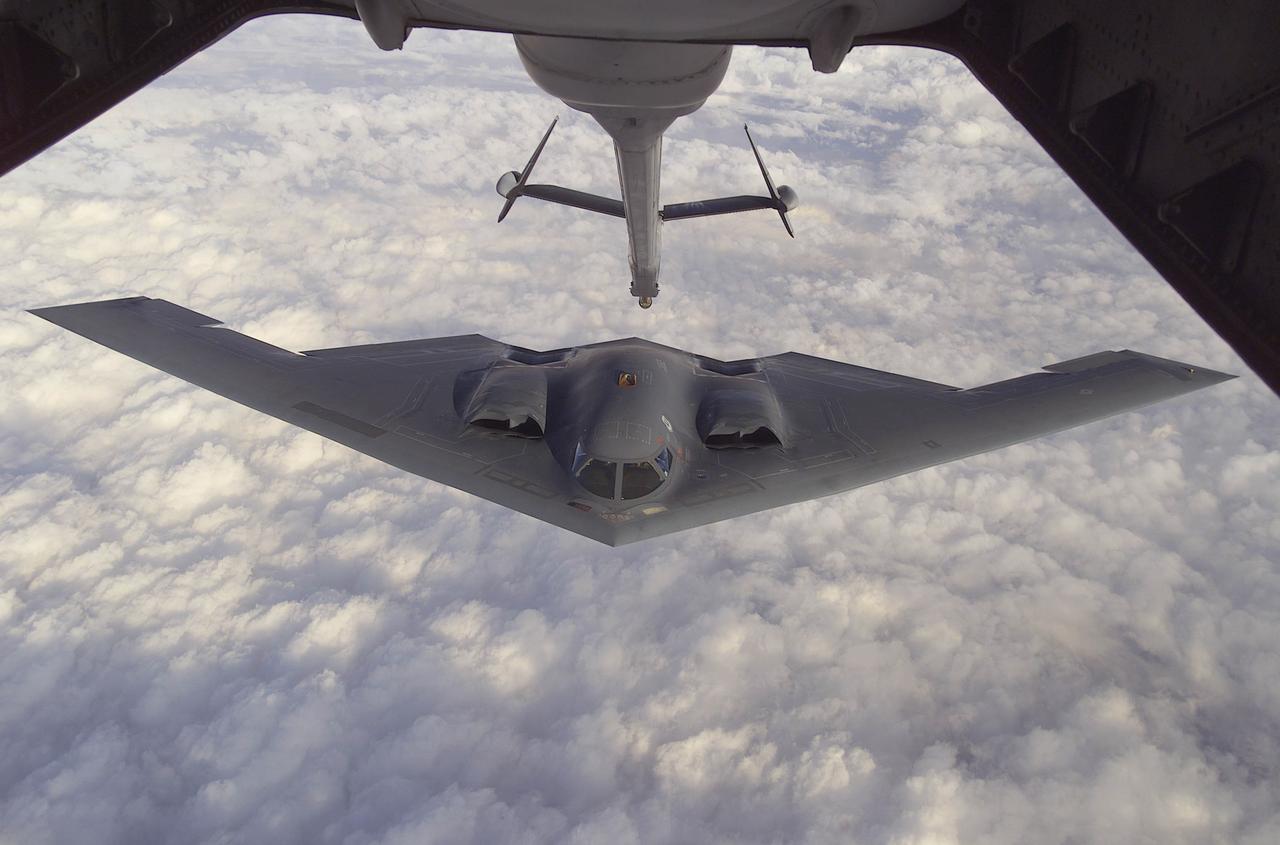
Recent Israeli attacks on Iran's nuclear facilities have demonstrated both the effectiveness and limitations of conventional weapons against Tehran's underground nuclear infrastructure.
The IAEA confirmed that Israeli strikes caused "direct impacts on the underground enrichment halls at Natanz," marking the first assessment of underground damage at Iran's main enrichment facility. However, Iran's most critical and deeply buried site at Fordow remains largely untouched.
The International Atomic Energy Agency's confirmation that Iran enriches uranium at the Fordow facility - with recent increases in 60 percent enriched uranium production approaching the 90 percent level needed for nuclear weapons—has elevated the strategic importance of weapons capable of reaching such deeply buried targets.
The GBU-57 A/B uses GPS guidance to target specific locations. The weapon is designed for underground facilities that conventional weapons cannot reach.
The U.S. Air Force has stated that upgrades to the Massive Ordnance Penetrator include technology that can detect spaces during its path downward and explode at a calculated point.
Iran's nuclear facilities were not irreversibly damaged in the first waves of Israeli attacks, based on statements from both countries as well as videos and imagery of the damaged sites.
Israel appeared to have attacked near Fordow, but did not hit the underground facility itself. Strikes at Natanz destroyed several facilities and damaged the electrical system.
The IAEA said its analyses "indicate direct impacts on the underground enrichment halls at Natanz," marking the first assessment of underground damage at Iran's main enrichment facility.
A uranium metal production facility in Isfahan, a military complex in Parchin and the Arak heavy water reactor southwest of Tehran and the Bushehr nuclear power plant were other nuclear sites that were hit, according to the Israel Defense Forces.
Experts speaking to The Washington Post warn that even destroying the uranium-enriching centrifuges deep underground at Fordow would not necessarily mean the end of Iran's nuclear program. "Even if Fordow was evaporated tomorrow, we would still have massive concerns," said Richard Nephew, a lead U.S. negotiator with Iran under the Obama administration.